A penguin is a flightless bird that’s best known for its distinctive black and white coloring, like a tuxedo. Instead of flying, penguins are great swimmers. They have short wings that are more like flippers, which help them glide through the water like fish.
Penguins mostly live in the Southern Hemisphere, with many species found in Antarctica, but some live in more temperate climates like the Galápagos Islands. They eat fish, krill, and other sea creatures, diving deep underwater to catch their food.
Although they can’t fly, penguins are really well adapted to cold environments.
Scientific Classification
-
Scientific Name: Varies by species (e.g., Aptenodytes forsteri for Emperor Penguin)
-
Family: Spheniscidae
-
Class: Aves (Birds)
Common Names
-
Penguin
-
Emperor Penguin (largest)
-
Little Blue Penguin (smallest)
-
King Penguin
-
African Penguin (found in Africa)
Geographic Distribution
Most penguins live in the Southern Hemisphere.
Not all penguins live in ice.
Where you can find them:
-
Antarctica (coldest home)
-
South Africa (African Penguin)
-
New Zealand & Australia
-
South America
-
Galápagos Islands (near the equator!)
Physical Characteristics
-
Penguins have black and white feathers like a suit (tuxedo-style).
-
Their wings are shaped like flippers, perfect for swimming.
-
Most stand between 30 cm to 1.2 meters tall.
-
They waddle on land but glide fast in water.
Types of Penguins
1. Emperor Penguin
The biggest and most famous penguin.
Key Facts:
-
Height: 1.2 meters
-
Lives in: Antarctica
-
Can dive deeper than any bird
-
Male keeps egg warm on his feet
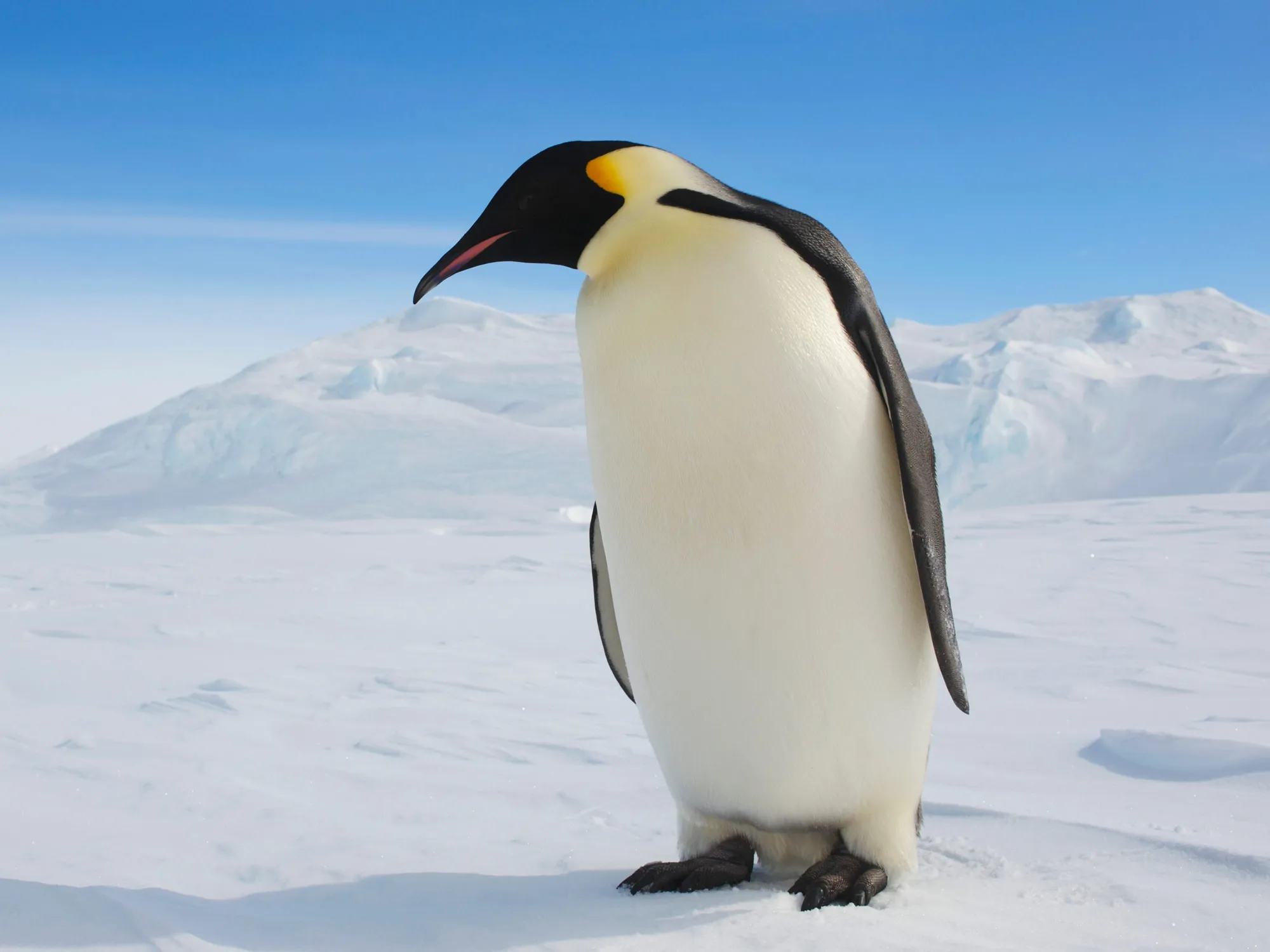 Image of Emperor Penguin (Source: Bloomberg.com)
Image of Emperor Penguin (Source: Bloomberg.com)
2. African Penguin (Jackass Penguin)
Only penguin species that lives in Africa.
Key Facts:
-
Height: 60–70 cm
-
Lives: South African coast
-
Makes a braying sound like a donkey
-
Endangered due to pollution and fishing
 Image of African Penguins (Source: iStock)
Image of African Penguins (Source: iStock)
3. Little Blue Penguin
The smallest penguin in the world.
Key Facts:
-
Height: 30 cm
-
Color: Blue-grey feathers
-
Lives: Australia and New Zealand
-
Comes to shore mostly at night
 Image of Little Blue Penguin (Source: Womple Studios)
Image of Little Blue Penguin (Source: Womple Studios)
Fun Facts
-
Penguins can’t fly but are great swimmers.
-
They slide on their bellies across ice, it’s called “tobogganing”.
-
They live in large groups called colonies.
-
Penguins mate for life, loyal partners.
-
They use vocal calls to find their mate or chick.
Human Relevance
-
Loved by people for their funny behavior
-
Star in many cartoons and movies
-
Scientists study them to understand climate change
-
Help teach kids about wildlife and conservation
Health & common issues (in captivity)
When penguins are kept in zoos or aquariums, they need proper care.
Common health concerns:
-
Bacterial or fungal infections
-
Stress from poor enclosure design
-
Bumblefoot (foot infection)
-
Feather loss
They need clean water, good food (like fish), and vet attention when sick.
Conservation Status
Many penguin species are endangered or vulnerable.
Main threats:
-
Climate change
-
Oil spills
-
Overfishing (less food)
-
Habitat destruction
Helping protect oceans also protects penguins.
Related Species
Penguins are unique, but they are related to:
-
Petrels and albatrosses (other seabirds)
-
No close relatives that look or live like them
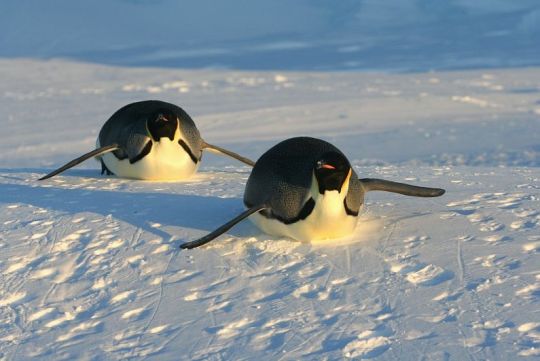 Image showing penguins sliding on ice (Source: Carnegie Museum Of Natural History)
Image showing penguins sliding on ice (Source: Carnegie Museum Of Natural History)
If you are curious or you want to learn more, you can reach out to us at Doctor Hulk Veterinary Hospital, or call 08143397614.








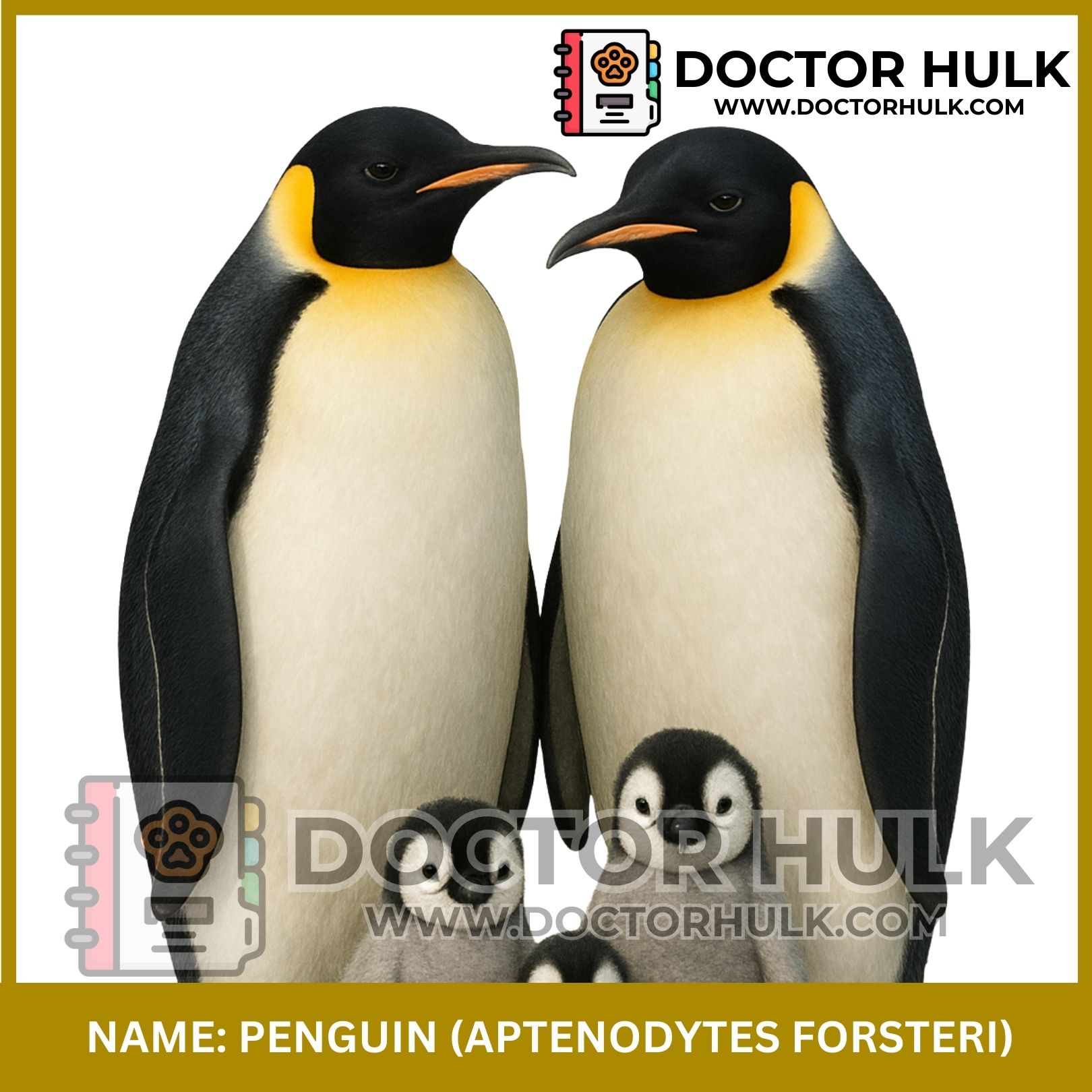
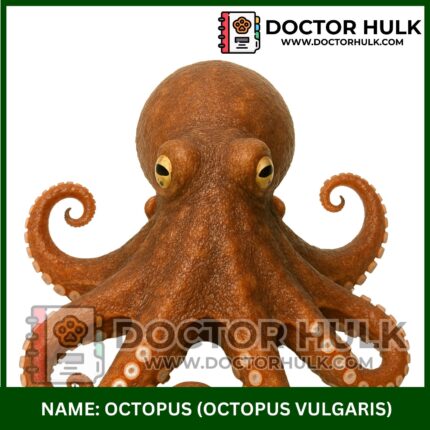
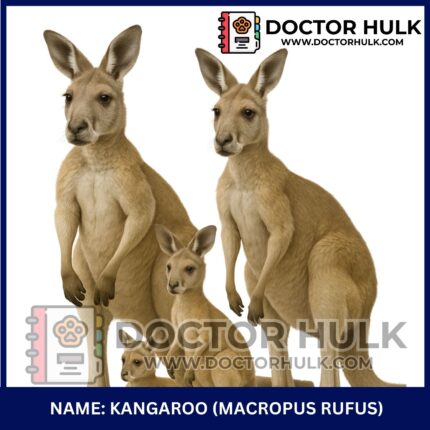


Reviews
There are no reviews yet.